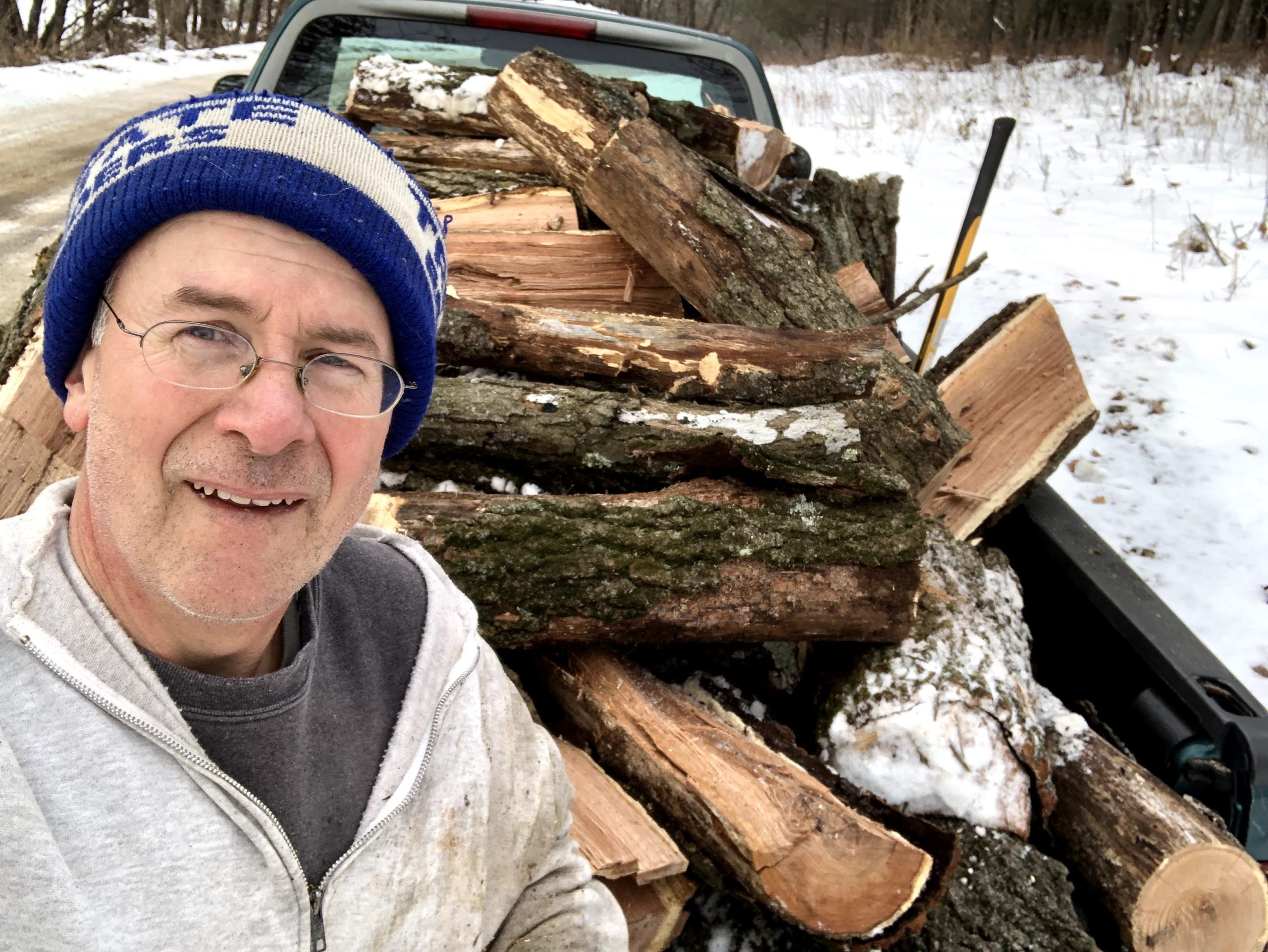For those of you who use a wood burning stove to heat your home during the winter, you understand the never-ending task of keeping wood burning and your pile stacked. Chris Hardie writes about the feelings he has about other people’s woodpiles during these cold months.
==
The airwaves are always bombarded with commercials touting the latest and greatest pharmaceutical offerings, but I have one malady for which no drug can cure.
You never know when it’s going to strike. I’ll be driving down the road watching the scenery and bam! I am instantly overcome with jealousy and covetousness and almost a feeling of resentment toward someone I’ve probably never met.
I confess that I have woodpile envy. And I’m particularly attracted to very large woodpiles, no doubt because I’m ashamed at the size of my own. It seems that no matter what I do, my cordwood simply doesn’t cut it.
For as long as we’ve lived in the country we’ve burned wood as our primary source of heat. And it’s not that I don’t work at it. It seems like I’m cutting wood all the time.
The chances of me cutting a full heating season of wood a year in advance are the same as swine developing winged flight or Lucifer strapping on a pair of ice skates.
Properly seasoned firewood should have had at least a summer of heat to dry, preferably a year. When that’s not an option, I look all winter for dead trees to cut because they are partially dry — even if it means walking through waist-deep snow.
For many years we burned wood inside, but now we have a wood-fired outdoor boiler which heats water that is piped into the house. All of the fire risk and mess stays outside. It’s also the perfect stove for woodcutting procrastinators, as it burns any sort of wood, wet, dry, old, ugly … if it fits in the stove, it burns.
The stove — which heats two homes and the milk house on our old dairy barn — holds 1,000 gallons of water and has a firebox that is 4 feet long, 28 inches high and 32 inches wide. One of the advantages of having a large firebox is that I usually cut and split the pieces only to the size that is necessary for me to lift them.
Sometimes I overestimate my strength and those end up smoldering away in the front of the firebox because that’s as far as I can toss them.
The stove is a firewood nympho, always hungry for more. I’ve never really figured out how much, only that it’s at least 1.5 pickup loads a week — more when it’s bitterly cold and less during the shoulder seasons.
But just how much does it need? Let’s do the math.
The average wood burning season is about six months — every day from November through March and at least half of October and April. The woodstove requires at least three fills a day during the colder months.
The math tells us that the firebox holds about 25 cubic feet. No one ever stuffs the firebox completely full. So accounting for air space and ash buildup, let’s say it gets filled with 37.5 cubic feet of wood a day.
A cord is the standard measurement for a pile of wood: 4 feet high, 4 feet wide and 8 feet long. At 37.5 cubic feet of wood each day, a cord of wood will last only 3 and a half days from November through March. That’s 35 cords of wood to get through those months.
For half of October and April I’m burning 25 cubic feet a day. And many years I’m having to burn wood into May.
So conservatively, I need 41 cords just to get through the heating season. It’s hard to achieve, much less maintain, a large woodpile when the demand is so great.
Dealing with woodpile dysfunction is difficult. But I’m ecstatic when the fire lasts longer than four hours.
Michael Clements, a veteran wood cutter and burner who lives near Middle Ridge between La Crosse and Cashton, recently gave me a better idea to help lighten the load … in more ways than one.
“Never split wood bigger than your wife can handle,” he said.
I’m not so sure my wife will warm up to that idea.
==
MUSIC: “Wild Fire” by Laura Marling











